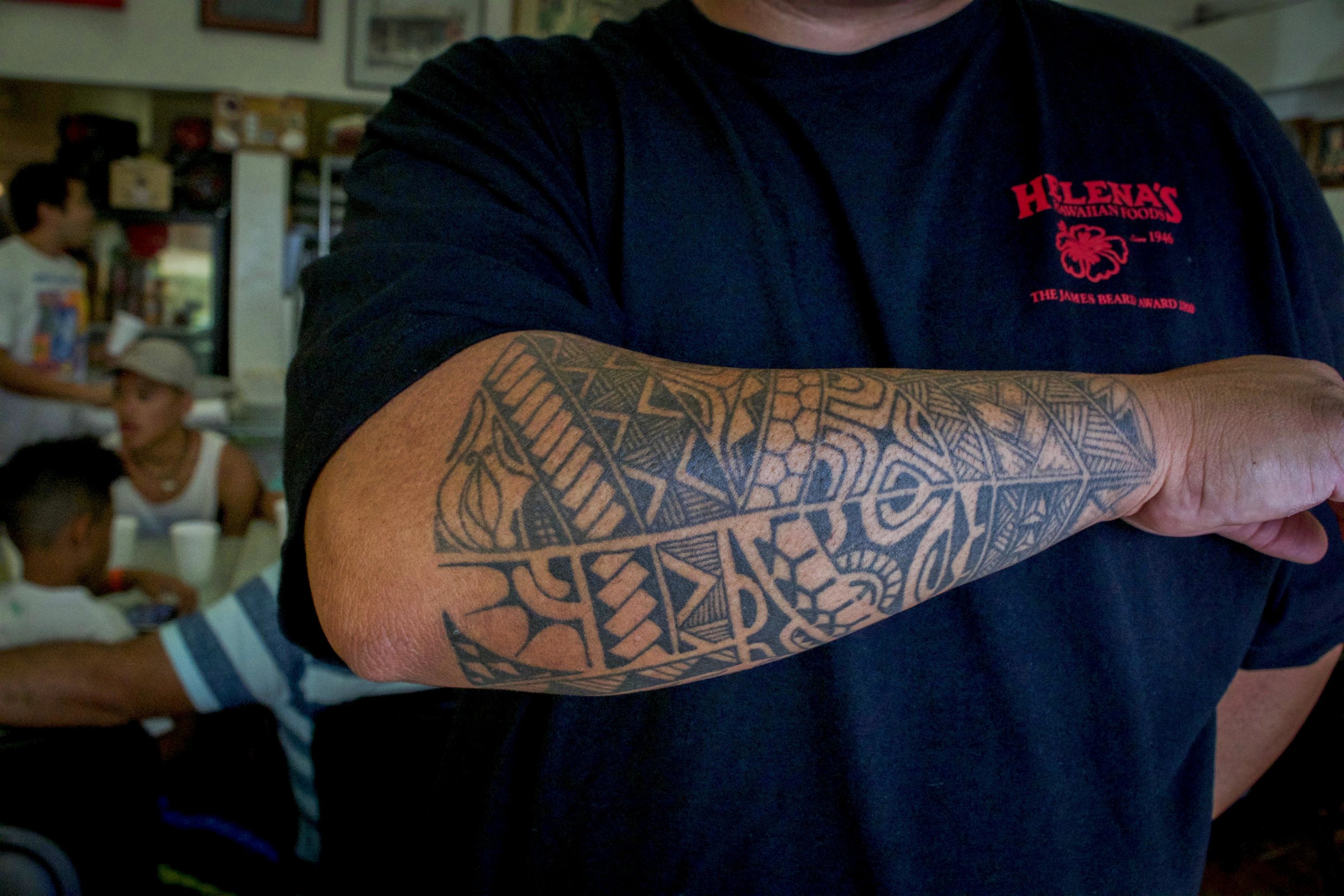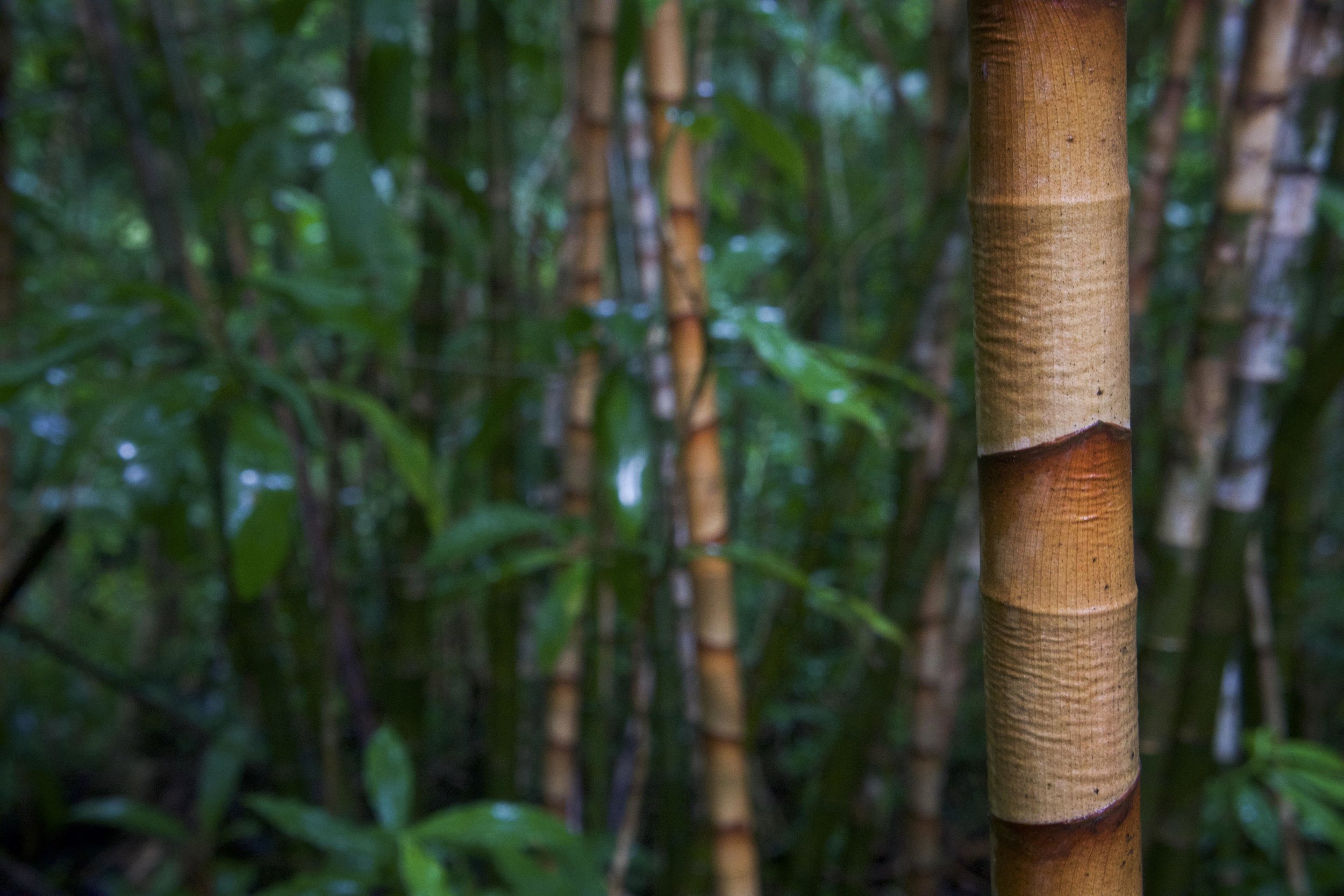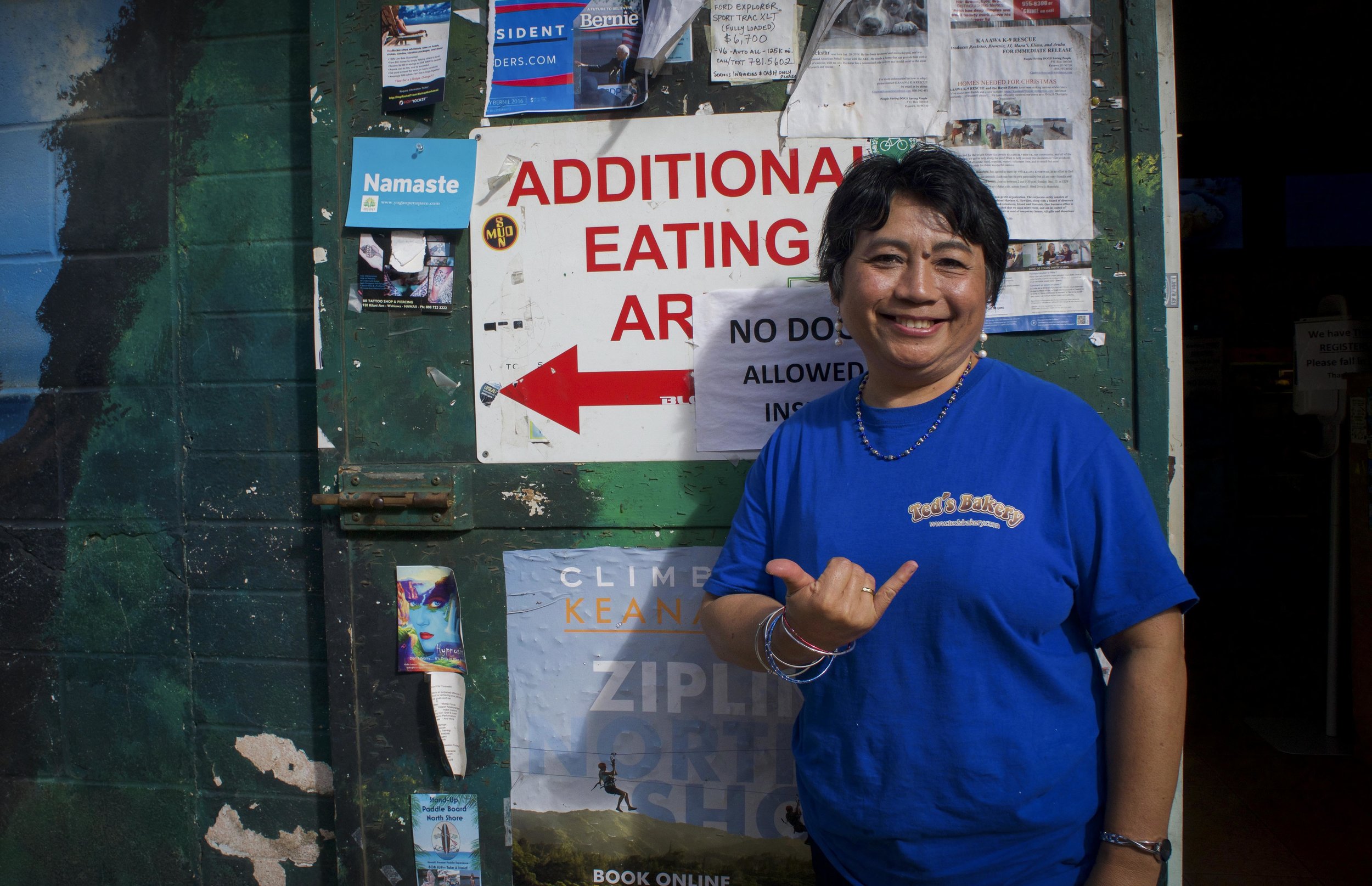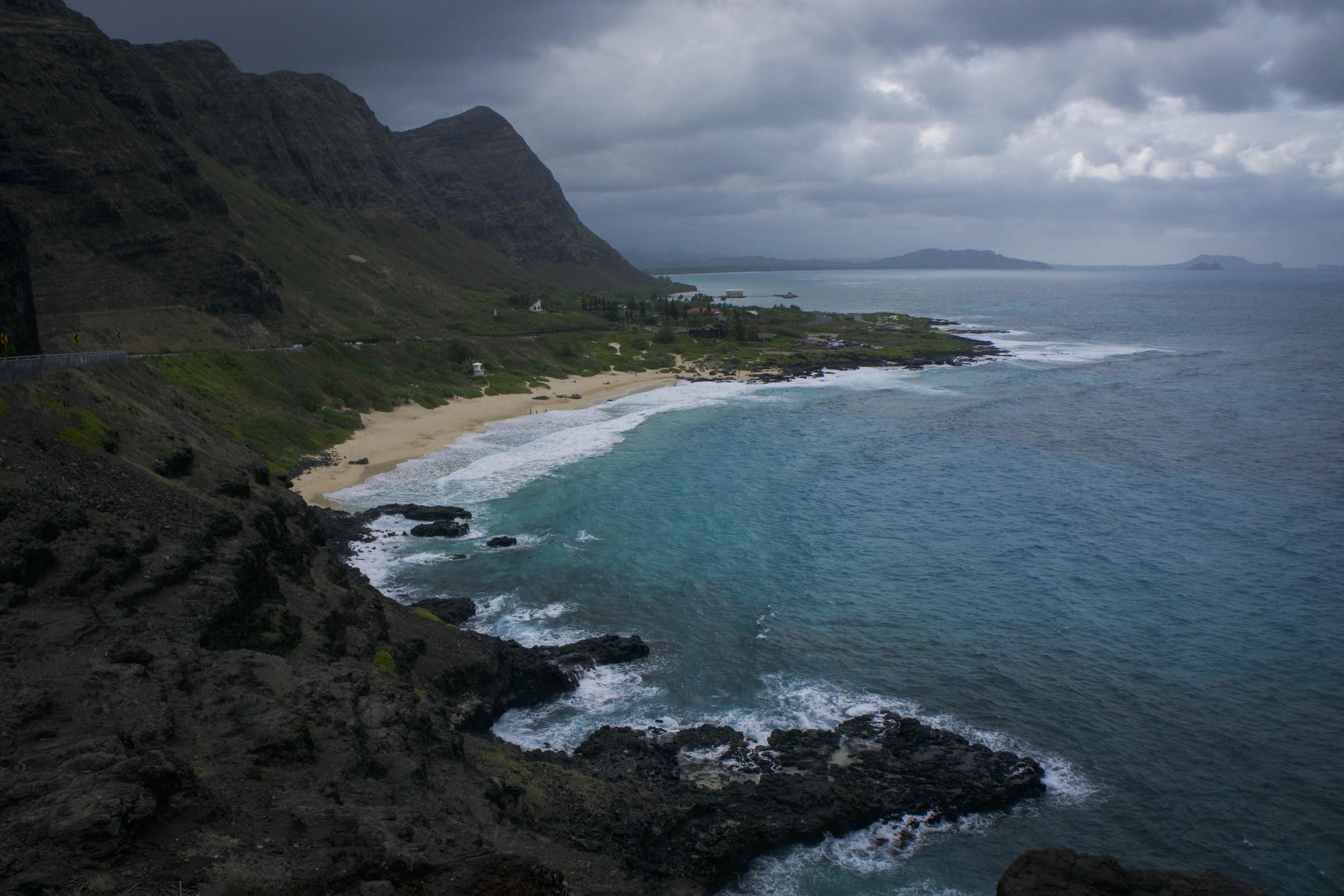It's kind of a weird thing, but it's a me thing, so bear with me: I love getting haircuts in new places.
It all started with a trip to Cuba back in 2012, when a friend Rafa invited me to get a haircut with him at this barber he had met on the street. I was a little suspect at first, but figured for the sake of cultural immersion (and my shaggy appearance) a touch-up wouldn't be the worst idea. Plus, hair grows back—right?
As it turns out that cut was a real game changer for me. Rafa's 'barber' was an 80-year-old man whose 'barber shop' was the living room of his family's home. As we sat getting our hair trimmed, dinner simmered in the kitchen, and the man's wife walked in and out with laundry. I couldn't believe how intimate the whole setting was, but also how intimate the experience itself was.
To sit in a barber's chair is to put your trust into a stranger, and interact with that person for the next 30 minutes. It doesn't matter if you speak the same language, together you have to solve this problem that is your friggin' mess of an updo, and somehow you have to get it done as a pair (potentially trio depending on how interested the crowd gets). In the end, the experience brings you closer to this person, and it's this kind of weirdly authentic moment.
After my Cuban cut (which was, by the way, maybe the best haircut I've ever gotten—and for $1 no less), I made a point to get a cut wherever I could: On a return trip to Cuba, then Colombia, China, and, most recently, Spain.
The barber chair comes in many different forms, including this open air edition in Cuba circa 2013.
The Spain one was a little funny, and perhaps a little longer coming. I was in Madrid this past June, grabbing tapas at a bar in La Latina on a Sunday afternoon, when a man with a handful of records sparked up conversation. He put up with my lack of Spanish and started telling me about his travels to the U.S. and then dove into the rest of his life (the Spanish are not shy about sharing their lives with strangers).
His name was Roberto, and he owned his own peluqueria, or salon, in Madrid. He always came to La Latina on Sundays to buy cheap records at the El Rastro flea market (a Madrid staple). He especially loved the selection of flamenco music, and offered me flamenco record as a gift. I was kind of blown away by this generosity, and promised to visit his hair salon someday if I got the chance. We exchanged numbers and I disappeared into the El Rastro crowd.
It wasn't that I didn't want to see him again, but it was the type of situation where the number exchange was almost a polite formality rather than genuine interest. Sure, I enjoyed meeting Roberto, but would I actually see him again? Most signs pointed to 'no.'
But then February rolls around, and fate as well as a stubborn desire to learn a language has me back in Madrid, and with vintage shag no less. Feeling itchy and greasy, I remember Robert, pull up WhatsApp and shoot him a message.
Two hours later I'm in his barber chair, and he's telling me about his daughter while his girlfriend sweeps the floor and tries to find a news program that isn't talking about U.S. politics. It's surreal to be here, but at the same time I recognize the renewed power of the haircut. It's such a stupid little thing, but I can't get over how many random conversations, off-humor jokes, and local knowledge it has given me.
I thank Roberto, tip graciously, and snap a photo of the man in front of his life's work. It's really cool to see people in their element, and Roberto has certainly found his.
We don't make any formal plans, but he says to let him know when I'm back in town so we can grab a beer. Who knows, maybe we'll listen to flamenco.
Thanks, Roberto! Hasta la proxima!



































